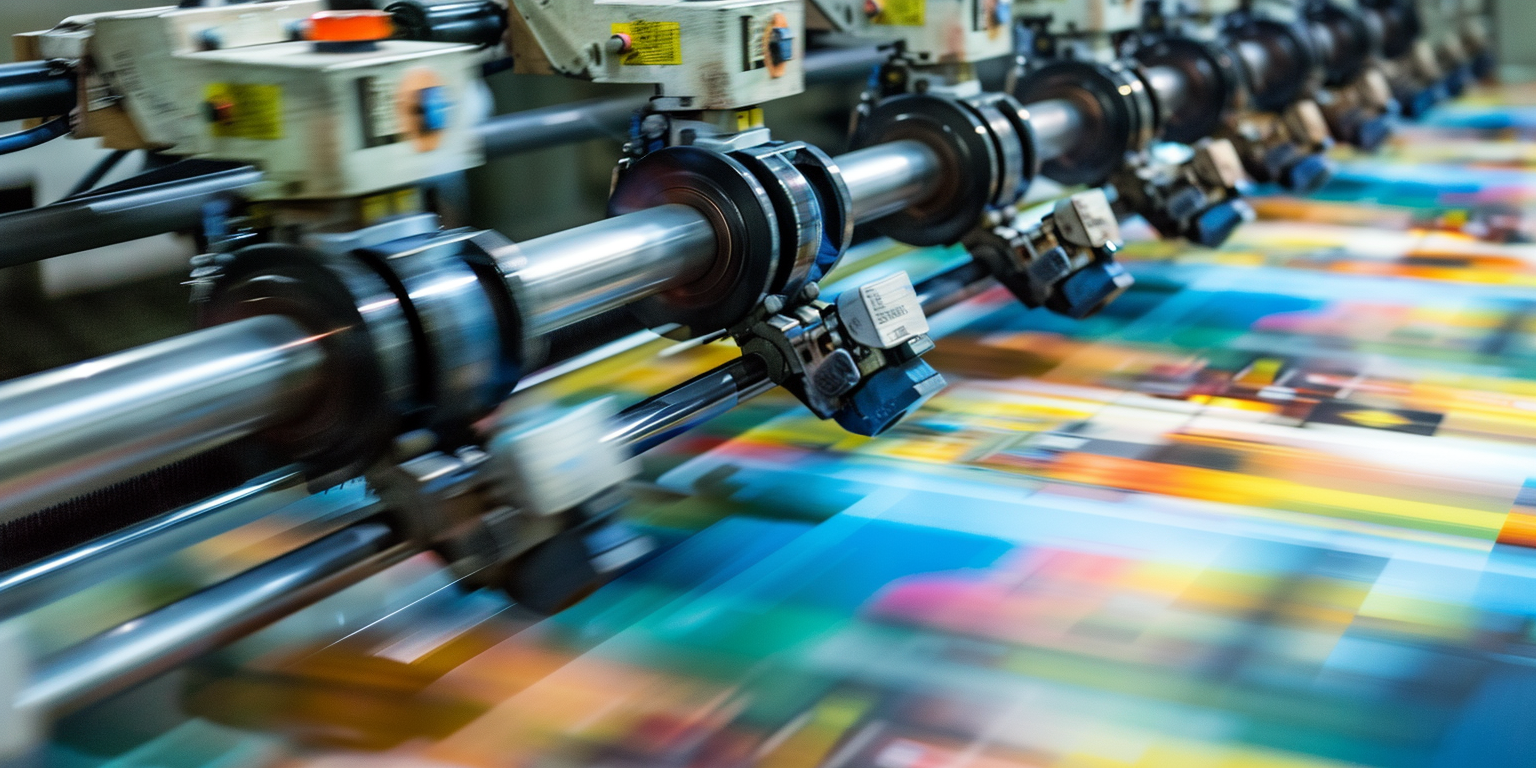Printing controls are significant in the printing industry since they sustain the continuous issuing of high-end results. They are instrumental in manipulating colors, clear images, and legible text. Through register controls, an efficient printing house can eliminate waste, shorten production time, and provide the best to the clients. This article will examine how register control can improve print quality.
Benefits of Using Register Controls
Register controls typically match different color plates in printing methods like offset and flexography. Misplacement of color plates creates blurred images, color shifts, and poor print quality. The operators can access a register that controls all the color plates and swings them to obtain perfect alignment. This aspect eliminates color spreads and print materials only in the required position, which results in accurate and sharp images. Plate color registration is not the only aspect of register that control can be utilized for; single element registration can be done within a particular job.
However, texture controls could be used to correct for substrate thickness and texture differences. In printing, the different types of paper and other substrates can shrink or expand, leading to registration trouble if not tackled properly. The specific registers allow heaters and nozzles to be adjusted quickly and appropriately in real-time to offset these variations, thus guaranteeing that the print quality remains the same, no matter the material used.
Another critical perk of implementing register controls is waste reduction and performance optimization. Thus, operators help improve the functionality of records by timely attendance of the discrete complaints that led to the rejection of the prints and wastage of materials. It helps save money and reduces the printing process’s environmental impact. Additionally, more economical control systems for register alignment will be able to speed up production processes, ensuring that the printers’ quality standards are maintained to meet tight deadlines.
Nowadays, advanced register control systems come with several other features; these include automatic registration and remote monitoring of any new devices. Beyond enhancing the print quality, these functions eliminate the need for users to make manual adjustments and give feedback on the printing process. The auto-registering system feature can be periodically used to check and set the appropriate level through up/down printing. Hence, maximum efficiency is attained without getting the operator involved. With the implementation of far monitoring, operators can track the print jobs from any point across a network and, as issues emerge, can be addressed immediately without needing physical presence.
Types of Register Control Systems
- Web Guiding Systems: These systems utilize sensors to identify the movement of the paper (or polymer films) and automatically regulate their movement to ensure that it matches the printing rollers.
- Camera-Based Register Control Systems: Such systems use cameras to take a snapshot of images of the code printed and then compare it with the reference marks.
Register controls are fundamental to achieving the print quality goal of tandem colors, element alignment, and efficient production. Through sound register control management, print shops can reduce paper wastage and time and offer their clients good quality services. To get more information about integrating the current register system with the printing press, consult with printing machine manufacturers and printing experts.
In addition to ensuring precise alignment and color accuracy, effective register control plays a crucial role in streamlining production processes and minimizing waste. By investing in advanced register control systems and leveraging innovative technologies, print shops can further enhance their printing capabilities and meet the evolving demands of the industry. Collaborating with printing machine manufacturers and industry experts allows print shops to stay updated on the latest advancements in register control technology and implementation strategies. Through ongoing consultation and collaboration, print shops can optimize their register control systems for maximum efficiency, productivity, and print quality.











